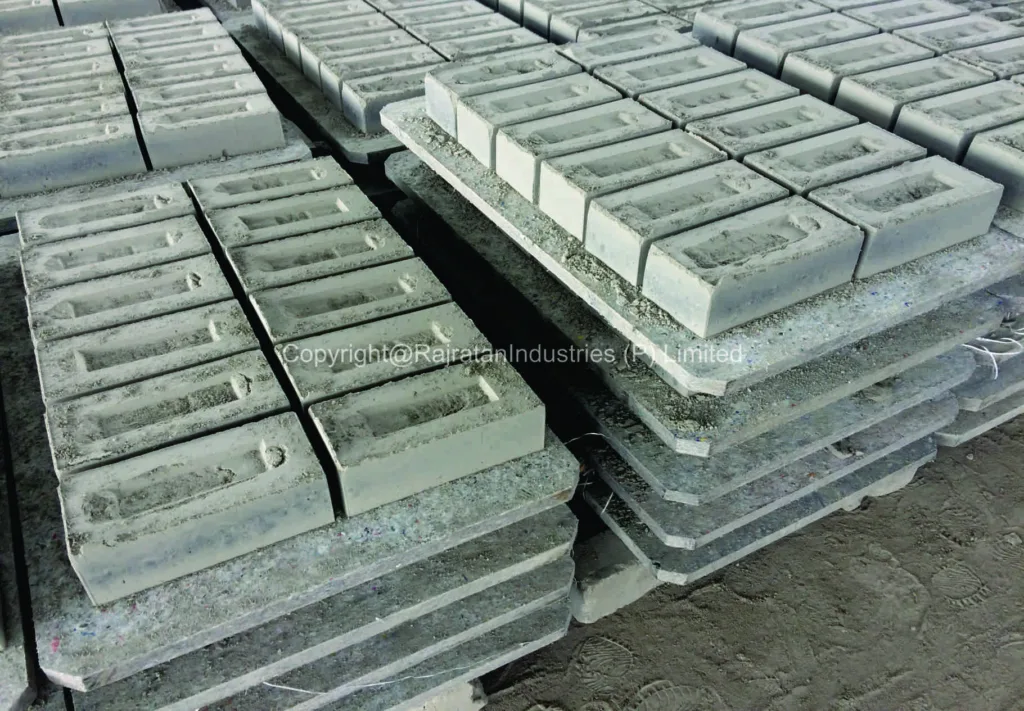Introduction
Fly ash bricks have emerged as an eco-friendly and cost-effective alternative to traditional clay bricks in construction. Manufactured using fly ash, a by-product of coal combustion, these bricks offer enhanced strength, durability, and sustainability, making them a preferred choice for modern construction projects. Rajratan Industries, a leading manufacturer and supplier of PAC Pallet for Brick, Block, and Paver, provides high-quality products to support the construction industry.
Key Applications of Fly Ash Bricks
Residential Buildings
Fly ash bricks are widely used in constructing walls, partitions, and structural frameworks in residential projects. Their lightweight nature and thermal insulation properties make them ideal for homes, reducing cooling costs and increasing comfort.Commercial Complexes
From shopping malls to office buildings, fly ash bricks are preferred for their uniform size, load-bearing capacity, and ease of construction, ensuring faster project completion.Industrial Infrastructure
Industries leverage fly ash bricks for factory walls, storage units, and large-scale structural frameworks due to their high compressive strength and resistance to weathering.Paving and Landscaping
Fly ash bricks can be utilized in pathways, driveways, and landscaping projects, providing a sustainable alternative to conventional pavers. Their smooth finish and resistance to moisture make them an attractive choice.Public Utilities
Bridges, dams, and drainage systems benefit from fly ash bricks due to their durability and water resistance. They help minimize maintenance and extend the lifespan of these structures.
Why Choose Fly Ash Bricks?
- Eco-Friendly: Reduces reliance on traditional clay bricks, preserving natural resources.
- Durable: Resistant to weather changes and less prone to cracking.
- Cost-Effective: Lower transportation and labor costs due to their lightweight nature.
- Thermal Efficiency: Reduces heating and cooling expenses.
Need PAC Pallet Samples for Your Fly Ash Brick Plant
Are you looking for high-quality PAC Pallets for your brick, block, or paver manufacturing? Rajratan Industries offers free samples of PAC Pallets to help you experience the quality first-hand.
📞 Call: +91 9685927927
Available Monday to Saturday, 10:00 AM to 6:00 PM
Conclusion
Fly ash bricks are revolutionizing the construction industry by offering an environmentally sustainable and economically viable solution. Whether for residential, commercial, or industrial projects, their versatility makes them an indispensable building material. Partner with Rajratan Industries to explore innovative solutions like PAC Pallets for efficient and high-quality construction.

